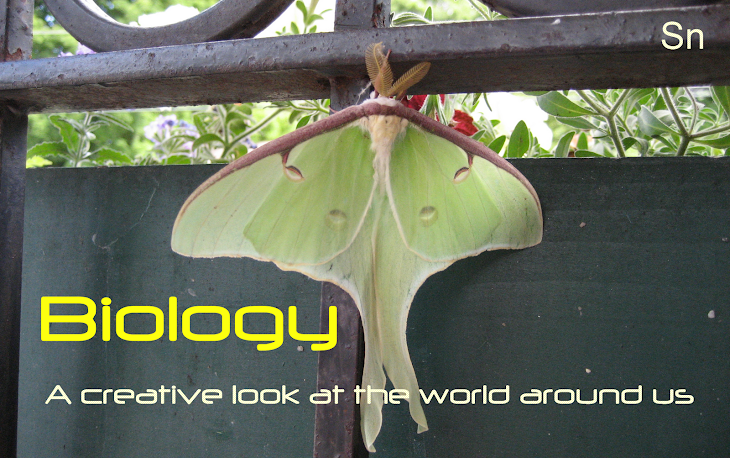Photos taken by ScienceNrrd on 10.08.09
Click on Photo to enlarge
I was in line with friends to play mini-golf, when I saw this really cool bug crawling around. It was huge! To the annoyance of my companions, I picked it up for closer inspection. This thing was awesome. It forelegs were enormous, and it had large beady black eyes so big, I could see my reflection in them. Not for long, though - the creature did not want to stay put. I turned my hand a few times, watching it as it crawled around trying to escape to the safety of the ground below. It managed to jump off one hand, only to land on the other; I was quick, too. Shortly after, I let the bug go and watched it scurry away under some plants.
After our game, we stopped at the ice cream counter (first one to get a hole-in-one buys!) and while my companions were busy ordering their cold, sweet, sticky delights, I was busy ogling another one of these giant insects.
"Hey guys, look at this - here's another one, and it's almost as big as my hand!"
"Is it dead? You're gonna keep it aren't you?" someone groaned.
"Shyaah, I can bring it into my parasitology class. I want to know what it is."
I showed my professor my photo, only to hear “You didn't hold a live one, did you? It was dead, right?”
I recounted my inspection of the first insect. “Wow, you are lucky. Those things bite, and they bite hard. It really hurts, and you can't just shake them off.”
It turns out that those enormous forelegs are sizable for a reason. Water bugs diets consist of just about any small animal they can manipulate, from insects to salamanders to small fish and even frogs. Grasping their prey with their powerful forelegs, they pierce it with sharp sucking mouth parts, injecting it with paralyzing fluids and digestive juices that turn the prey's insides into liquid, which they then suck out.
Water bugs are among the largest insects in North America, with some reaching sizes of over 2 1/2” long. They are aquatic insects, found in slow-moving streams, ponds, lakes, and wetlands, near vegetation. They breathe air through a breathing tube on their abdomen, and many species swim with an air bubble while under water. They have large wings and can fly, often flying to lights at night, earning them the nickname “electric light bug”.
Serious reactions to a water bug bites are rare, but they are very painful, and can cause the area to swell dramatically. Handling live water bugs is not recommended for this reason. I was spared the painful experience, thankfully, as that would have indeed put a hamper on my swing that evening. And as a mini-golfer, I already stink!
When my professor heard that I had collected a specimen for further examination, he excitedly asked me to bring it in next class. I did, and our lecture for the day opened up with information on this insect. And now I have another addition to my “eyes only” table. The glass top, the pull out drawer, the lizard skull, the iridescent dragonfly, the hatched turtle eggs, the monarch butterfly, the lunar moth, the papery wasp nest...
*******
Sources:
1- http://www.eduwebs.org/bugs/giant_water_bug.htm
2- http://www.uky.edu/Ag/CritterFiles/casefile/insects/bugs/giantwater/giantwater.htm
*In proper form, scientific names of organisms are typed in italics or underlined when written. As this blog's format does not allow for either in the blog post title, I have put the scientific name in parentheses.
Photo taken by ScienceNrrd on 10.08.09
Click on Photo to enlarge
Sources:
1- http://www.eduwebs.org/bugs/giant_water_bug.htm
2- http://www.uky.edu/Ag/CritterFiles/casefile/insects/bugs/giantwater/giantwater.htm
*In proper form, scientific names of organisms are typed in italics or underlined when written. As this blog's format does not allow for either in the blog post title, I have put the scientific name in parentheses.
Photo taken by ScienceNrrd on 10.08.09
Click on Photo to enlarge







